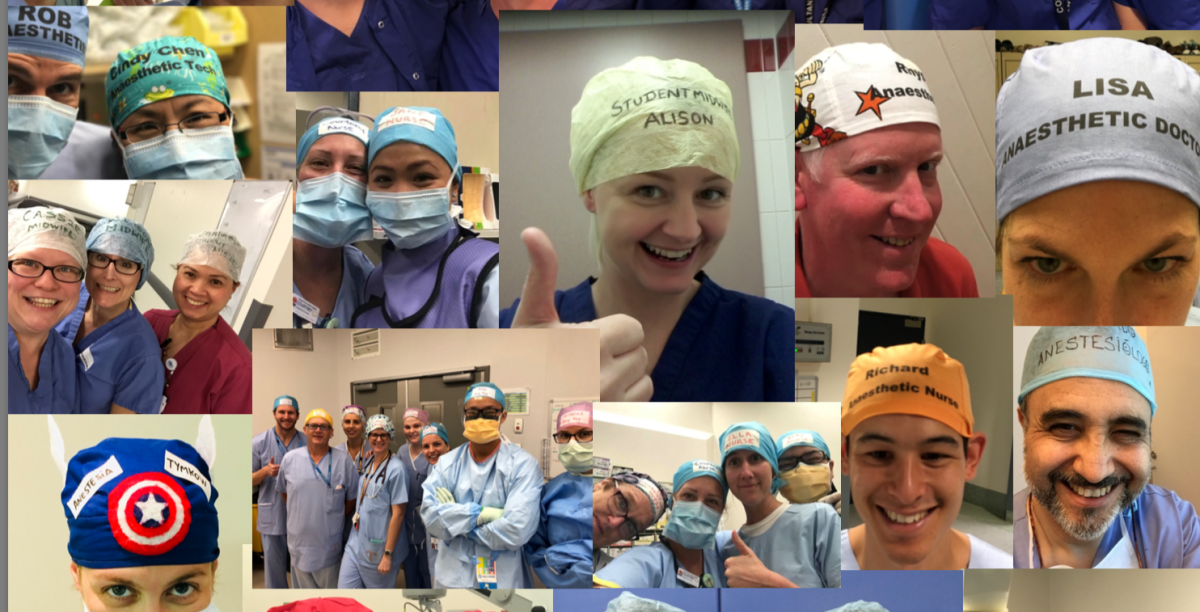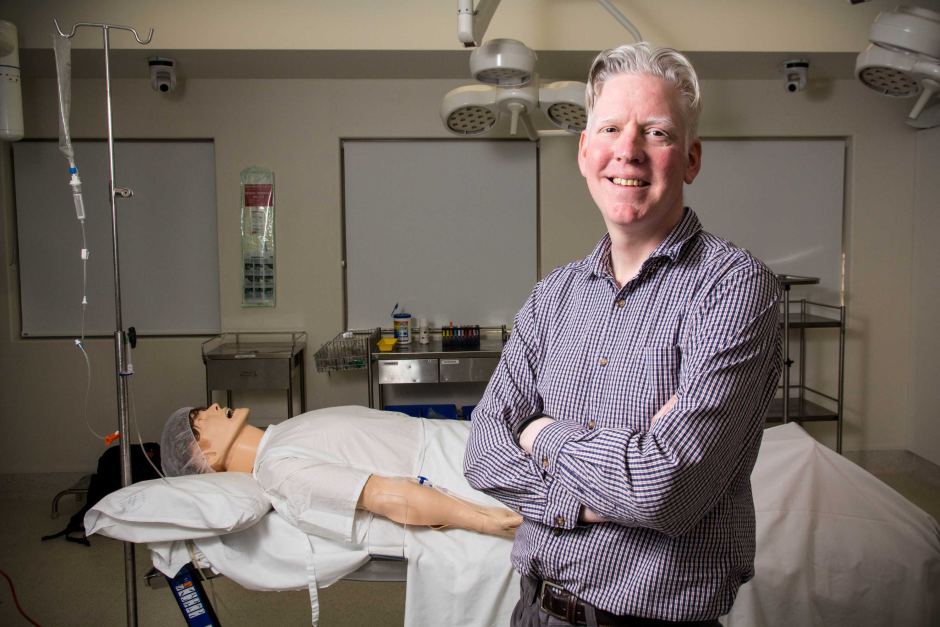The following is a report that I wrote for our Anaesthesia Equipment Committee at John Hunter Hospital in June 2017, after concerns were raised about differences in performance of different filter types, and the possible cross-contamination risks resulting from this.
Introduction
It has long been known that breathing circuits are a potential source of cross infection between patients . Of particular concern are hepatitis C and tuberculosis . Eliminating this risk altogether seems unlikely, but there is ongoing debate about how best to reduce the risk, while also being conscious of financial and environmental concerns . The use of breathing system filters (BSF) is one approach that has tried to address some of the concerns, and the presumption that they protect the anaesthetic circuit from contamination by the patient and vice versa has led to the widespread adoption of BSFs as a way to reduce cost and waste by facilitating the reuse of the same circuit for multiple patients . However the practice is not universal , and no BSF is 100% effective at preventing contamination . Furthermore, as with any piece of medical equipment, the risks associated with the use of BSFs need to be considered along with their benefits . Many manufacturers now produce circuits that are approved for use for up to 1 week as long as a new BSF is used for each patient . This is the current policy at John Hunter, with the proviso that the circuit is changed immediately if it is visibly soiled, has been used for a patient with a multidrug-resistant organism, or is excessively wet. If we assume this practice will continue, then the question that needs to be answered is which filter will best protect the circuit from contamination, and that question is the main focus of this report.
Continue reading “Breathing System Filters”
 just “check” valve. As the name suggests it ensures fluid in the line can only move one-way i.e. from the IV fluid bag and into the patient. This valve is there so that if you are running a secondary infusion it will flow into the patient, rather than back up the primary line and into the fluid bag. A visual representation of what this valve does can be seen in this video:
just “check” valve. As the name suggests it ensures fluid in the line can only move one-way i.e. from the IV fluid bag and into the patient. This valve is there so that if you are running a secondary infusion it will flow into the patient, rather than back up the primary line and into the fluid bag. A visual representation of what this valve does can be seen in this video:







